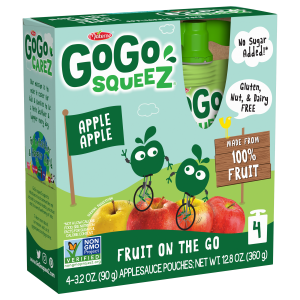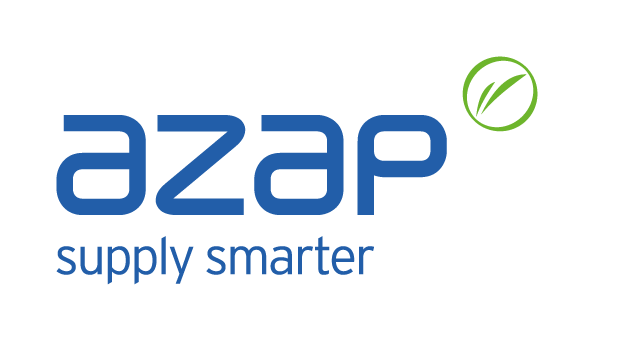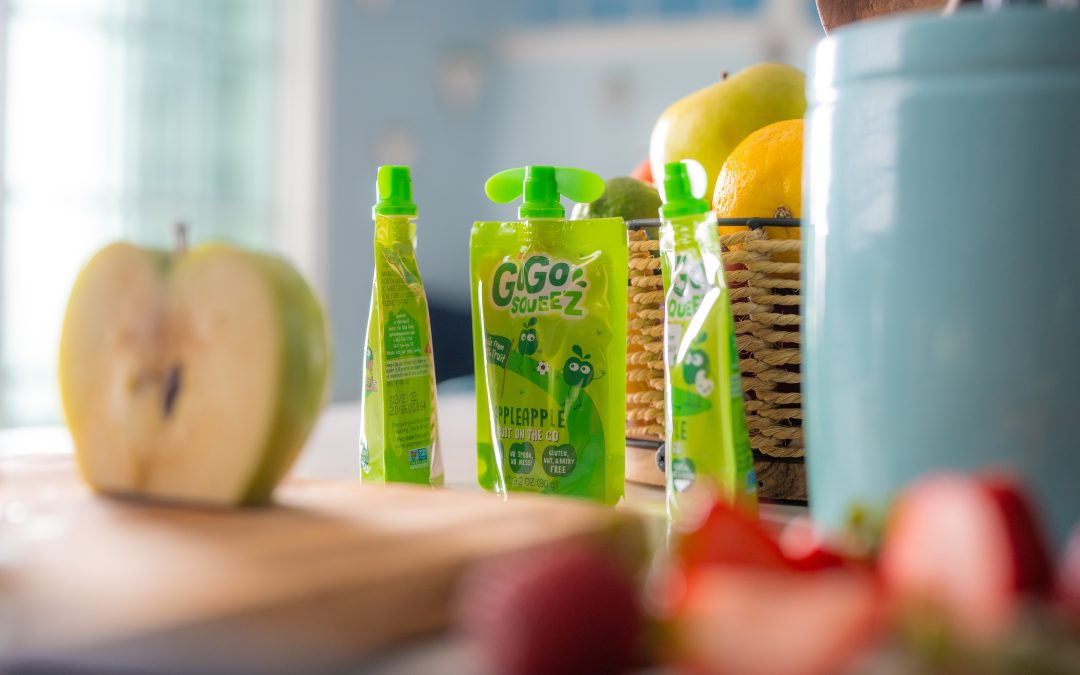AZAP, publisher and integrator of Supply Chain flow management and optimization software that helps improve the economic and environmental performance of companies, has been supporting the MATERNE/BEL group for more than 10 years. In 2023, this long-standing partnership with an international dimension will be strengthened: MATERNE North America entrusts AZAP with the implementation of an IBS (Inventory Balancing System) solution for balancing flows from its production sites to its North American warehouses. Americans.
BEL is one of the world leaders in the branded cheese sector (Boursin, Babybel, La Vache qui Rit). He bought the Materne & Mont Blanc group, known for its Pom’Potes® fruit purées and its dairy range under the Mont Blanc® brand. Materne also offers, in the United States, GoGo squeeZ® brand products, apple compotes in gourds, smoothies and other fruit and vegetable mixes.
Ambitious goals
Constrained by time and confident in its ability to deliver, Materne North America naturally turned to AZAP. Indeed, AZAP’s Finite Capacity Supply Planning and Production Planning solutions have already been successfully implemented at Materne in France and the United States for many years. Thus, Materne had a solution installed in less than six months that optimizes both warehouse stocks and inter-depot loading, replacing the one developed on Excel which was showing its limits.
“We entrusted this project to AZAP experts to implement an IBS solution in the tool that we already use on a daily basis and that our teams know perfectly. We knew that the specifications could be respected despite a short schedule, and that we could thus quickly manage our DRP from production to the deployment of our stocks”, explains Julia WAGNER, Senior Demand Planner at Materne North America.
“Our project was to be able to manage different flows in full loads, so to optimize our loads as well as possible, in particular by taking advantage of intermodality”, says Julia WAGNER. The IBS is a system that makes it possible to balance stocks in a multi-site context. Its main objectives are operational: to have the right stock, at the right time, in the right place, to avoid shortages, overstock and costly return flows. But they are also strategic for Materne North America, which wanted to be able to work in anticipation and optimize its ratio between trucks and rail-road to limit its CO2 emissions, as well as its deployments and its inventory levels according to the periods of the year in order to avoid rupture and saturation.
A multi-site logistics network

Materne North America has 2 factories in the United States: the first in the west of the country, in Nampa, and the second in the east, in Traverse City, to which are added 2 warehouses, in Salt Lake City and Lockport. The gap between Salt Lake City and Lockport is the same as between Paris and Bucharest: the wide-spread network adds complexity to the company’s need to balance its deposits.
The flow modeling of the American IBS project also includes French sites, i.e. in total: 4 production sites, 3 storage sites and 200 references. Some products are specific to one factory, others are common to several, and others are imported from France. Each new product line created is now integrated into the program.
“AZAP stands out by integrating specific expertise related to truck optimization, which is an integral part of our APS. It’s a real added value for the company and the extent of the territory covered,” adds Yoann BEUREL, Project Director at AZAP.
Many short-term benefits

Autonomy, anticipation and time saving are the first convincing benefits observed less than two months after the implementation of the tool by AZAP. Since the modeling was carried out collaboratively, the Materne project managers are able to provide the training directly to their teams. The development of deployment strategies allows the company to work in anticipation rather than in reaction, to better communicate with carriers and to more easily manage product seasonality and hazards. Now, the optimization only needs to be validated, the management only concerns exceptions, which represents a gain of one hour per day.
“Having the right product at the right time and optimizing inter-site flows allows for efficiency gains in the organization as such, but also gains in terms of product availability, logistics, and therefore the service level. This contributes more generally to Materne North America’s growth,” says Fabien GRATTEPAIN, CEO of AZAP.
Building on this success, the project should continue and give rise to two extensions. The first will be to manage the Nampa factory in pull mode instead of push mode, which will define what remains stored at the factory instead of systematically sending all the products to the warehouse, with the risks induced feedback or saturation. The second will aim to integrate two depots of the Canadian Business Unit in pull mode.

